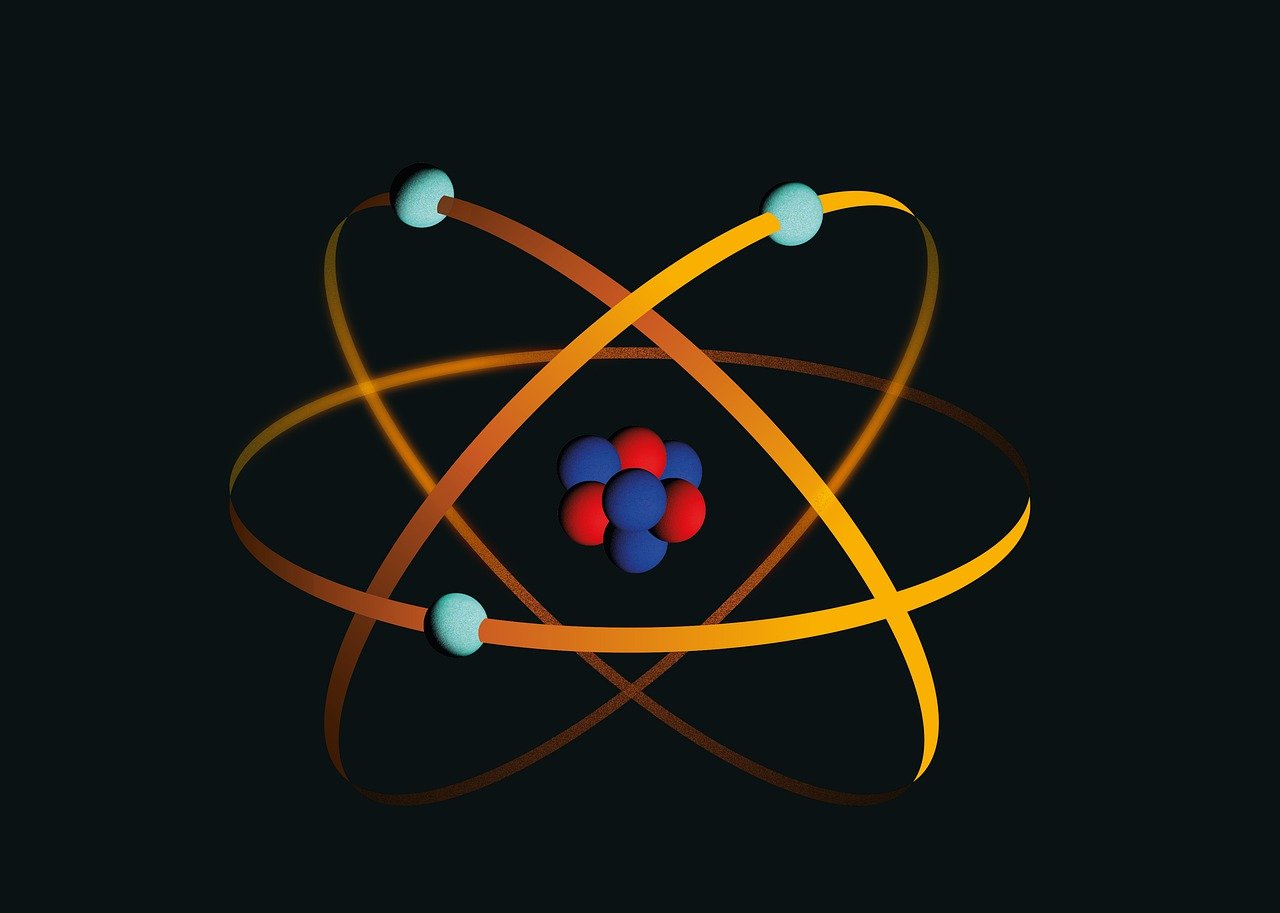IB Measurements
Page 1
Q1+2: An atom has a diameter of approximately 10-10 m, and a proton 10-15 m. |
|||||||||||||||||
1. What is the approximate volume of a proton in metres cubed?
|
|||||||||||||||||
| 2. What is the approximate ratio between the diameter of an atom like hydrogen to the diameter of the nucleus? |  |
||||||||||||||||
|
|||||||||||||||||
3. Which of these answers contains only fundamental SI quantities?
|
|||||||||||||||||
4. Which of these answers correctly identifies fundamental SI units and derived units?
|
|||||||||||||||||
5. The watt is a derived unit. In SI fundamental units the watt is equivalent to..
|
|||||||||||||||||
|
6. The ratio between a MJ and a pJ is:
|
|||||||||||||||||
7. A moment (‘turning force’) has a unit of Nm. Which of these has the same base units as Nm?
|
|||||||||||||||||
| 8. A student takes measurements for the acceleration of gravity on Earth, and obtains the following results:
g = 10.55, 10.57, 10.44, 10.51 ms-2 These results are ...
|
|||||||||||||||||
9. A student is measuring the length of a set of pipes. Unfortunately his ruler has been damaged and starts at 0.2cm, which he fails to notice. This damage causes ...
|
|||||||||||||||||